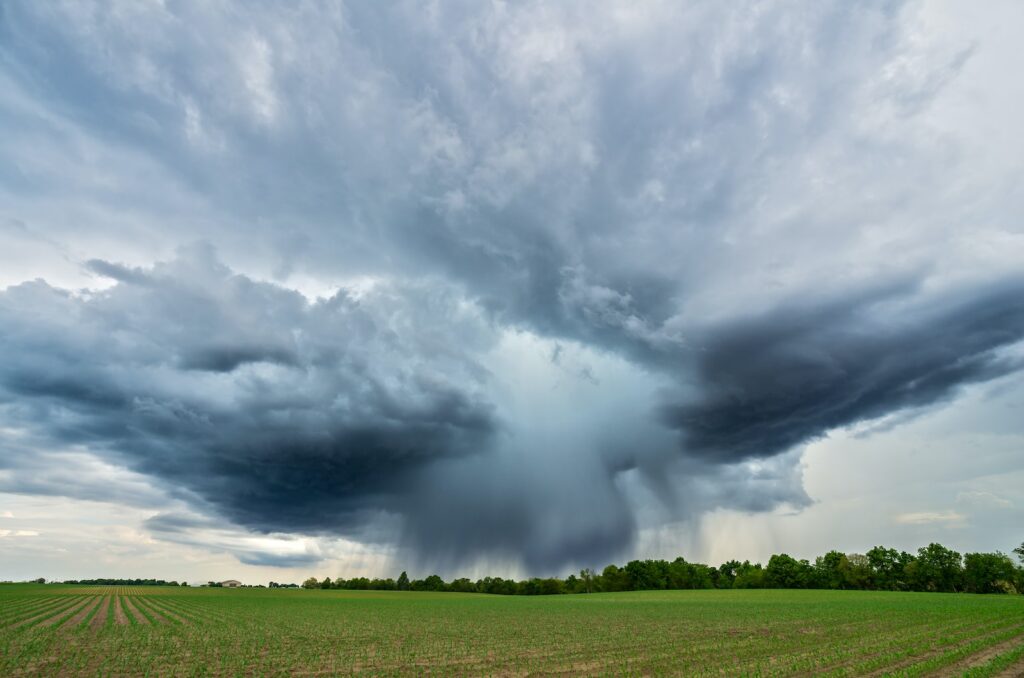Jamie Hailstone investigates the impact of current economic woes on the battle to save the environment and improve air quality.
You don’t need a first-class degree in politics, philosophy, and economics to know that the biggest issue this autumn is going to be the cost-of-living crisis. It is set to dominate every news bulletin, political decision, and conversation down the pub well into 2023, and possibly beyond.
Local government is used to operating in tight financial circumstances, but inflationary pressures not seen for a decade, along with a new administration in Westminster, could lead to some difficult decisions about how councils will spend their money from now on.
Research by the County Councils Network (CCN) in June found the estimated costs of inflation in 2022/23 for 40 of England’s largest councils has risen by 92% in the three months since they set their budgets in March, earlier this year.
At the time, CCN estimated costs from inflation have risen from £789m in March to £1.5bn as of June, leaving county councils with a £729m funding gap.
In the same month, the Local Government Association (LGA) warned rising energy prices, spiralling inflation, and wage pressures would add £2.4bn in extra costs in this financial year alone, rising to £3.6bn in 2024/25.
Both sets of figures were based on inflation rates at the time. It almost goes without saying that the situation has not improved since then. In August, the Office for National Statistics (ONS) recorded a 40-year high of 10.1% for July, and the Bank of England has recently forecast a potential peak of 13.3% this autumn.
So how will this spiralling cost of living crisis impact funding for the environment? You can read the full, in-depth analysis of this grave threat to green progress in the 2022 Air Quality News Procurement Guide below.













